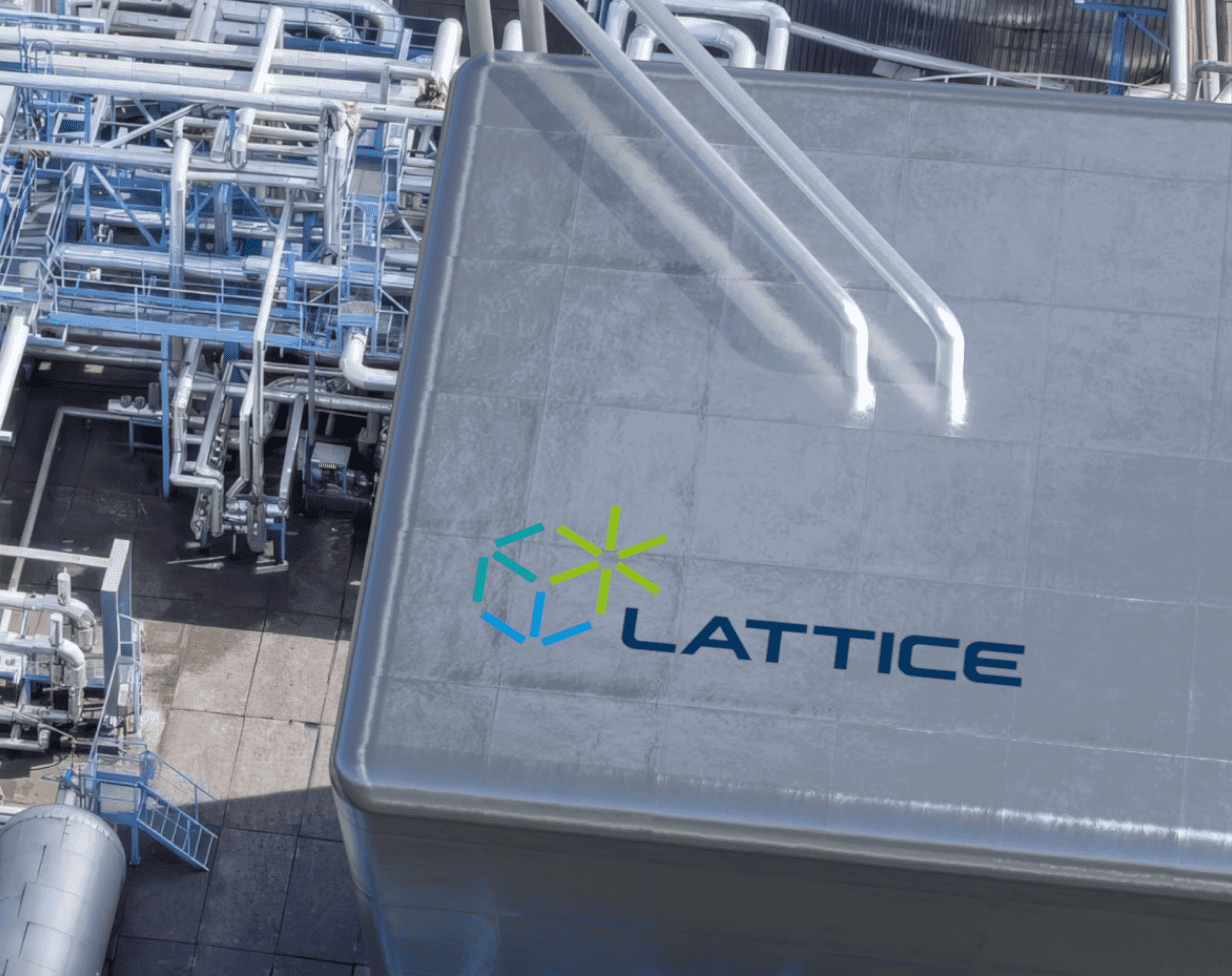The manufacturing industry is one of the single biggest contributors of CO2 and GHG emissions globally. These emissions not only stem from the combustion of fossil fuels for creation of process heat and electricity, but also from the manufacturing processes themselves. Decarbonizing hard-to-abate sectors, for instance key industries like steel, cements, chemicals, may be achieved in many ways, but the most immediate pathway for cutting their emissions is by means of implementing Carbon Capture and Storage (CCS). This requires functional containment solutions that can handle storing thousands of cubic meters of LCO2 at low or medium pressure at any given time at the emission site.

A single manufacturing- and industrial site may generate and emit millions of tons of CO2 into our atmosphere on an annual basis, thereby contributing to global warming and accelerating climate change. Transitioning these industries over to greener, carbon-free energy sources may not always be possible or economically feasible at scale. As carbon capture technologies are now in the process of being implemented into some manufacturing facilities, like within Europe, the emphasis on a compatible and flexible intermediate storage solution at site becomes all the more crucial for its realization.
Manufacturing facilities are typically situated in dense industrial clusters, where space is not always a given, neither in terms of available m2 or height above. Crucial plant infrastructure such as steam grids or piping sections may well inhibit practical integration of a sizeable storage unit. A battery of cylindrical tanks entail multiple interfaces with separate sets of auxiliary equipment to serve each tank. This includes piping array, valves, pumps, and permanent scaffolding and walkways to service these. Thus, reducing the number of interfaces, and thereby operational complexity, by using one single tank instead of multiple, reducing overall associated civil works, entails significant CAPEX savings, but moreover huge OPEX savings for the asset’s owner.
LPVs are designed and engineered to meet safety- and hazard standards at all operational levels yet minimizes the required space-intensity with a much more compact and practical shaped prismatic tank that is dimensioned to the specific boundary conditions at the facility. Whether located in earthquake-prone area, reclaimed land, or integrated onto a man-made structure such as dock where ground force distribution is key, the LPV is tailored to the environment in which it shall operate. Moreover, LPV tanks can be internally compartmentalized to reduce risks, impacts of failures, and other safety concerns.
Steel manufacturing site
A steel manufacturing site on the North Sea seaboard has into air releases of 3,85 million t/CO2 per annum, averaging ~10,55k t/CO2 per day. This is equivalent to ~9,4k m3 required storage capacity at site per day, necessitating minimum 10k m3 storage tank catering for daily variations in production if assuming 100% CO2 capture rate. Assuming further required buffer and optimized transportation of CO2 between the site to terminal, a total size of 50k m3 storage capacity is required. With a 10 barg (low pressure) requirement, it could be facilitated by a set 4 LPV tank units (12,5k m3/tank) as opposed to a battery of 10 cylinders (5k m3/tank). More importantly, the footprint of the LPV vs. the cylindrical solution would see a total space reduction of 50%. Reduces CAPEX and OPEX by estimate double digit millions USD over 20-year lifetime.
Contact us to see how we improve the performance of your OCCS system.
Easy-to-install, single, fit-for-purpose, tank solution for maximum space efficiency based on your specified need volumetric capacity.
Reduces number of tanks needed compared to cylinders or spherical solutions for equivalent total volume. Reduces auxiliary equipment and associated interfacing, and resultant capital- and operational expenditures.
LPV designed to accommodate boundary conditions of designated land area for storage – in all dimensions and for weight restrictions.

Approved by ASME, all major Classification Societies, US Coast Guard